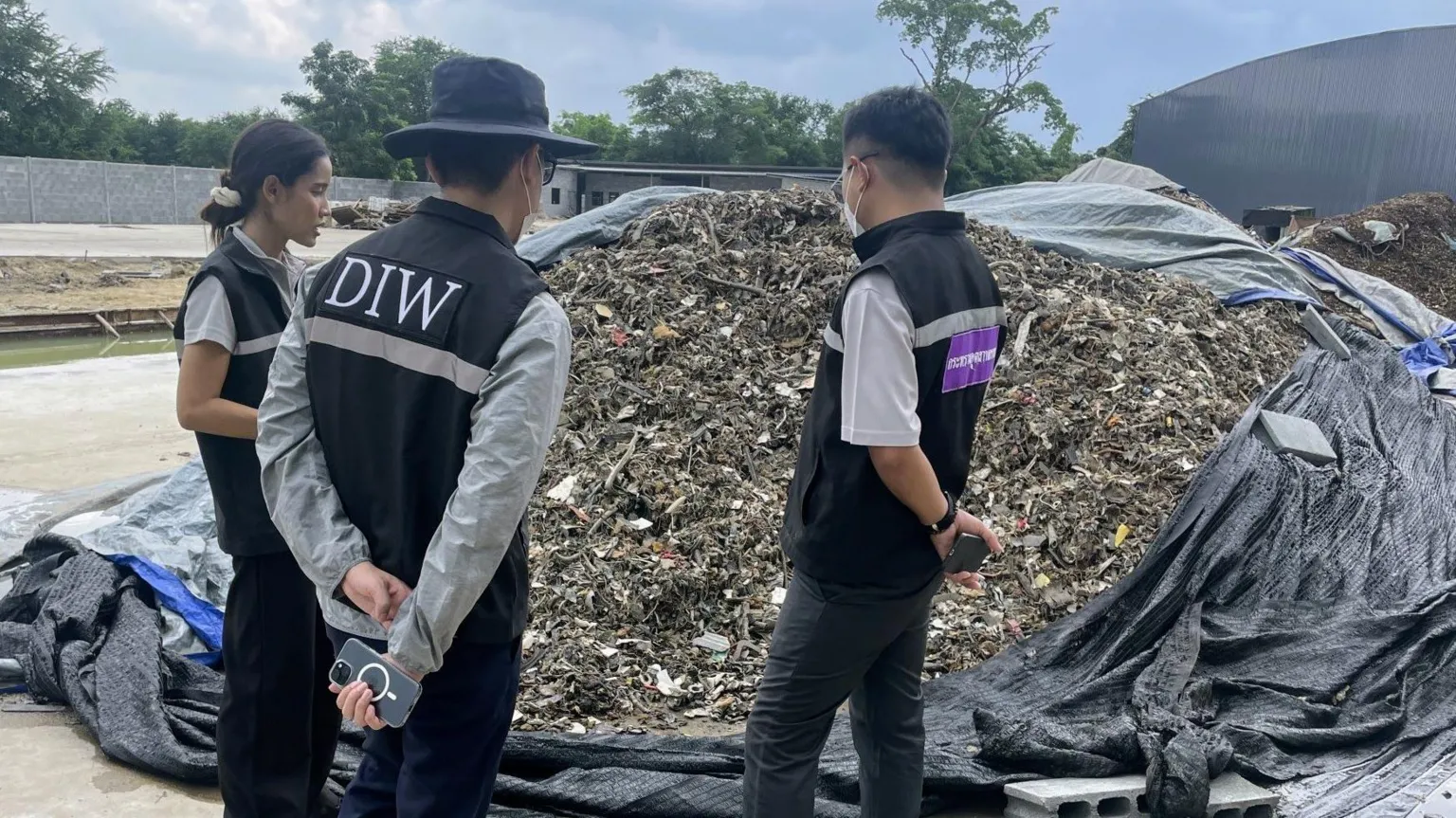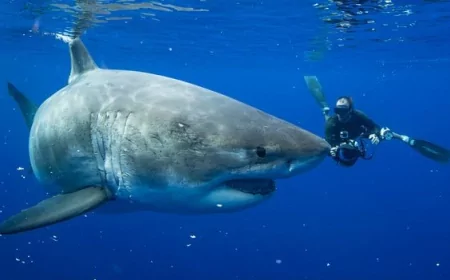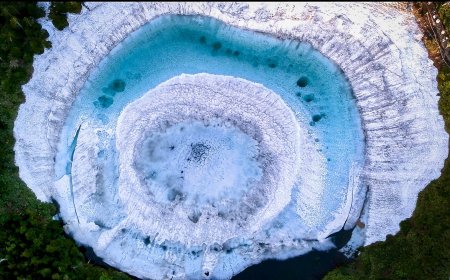Football: Offensive Developmental Players Film Review
Peering into Oregon football’s future on the offensive side of the ball
:format(webp)/cdn.vox-cdn.com/uploads/chorus_image/image/73928388/usa_today_24885220.0.jpg)
The best athletic programs, in any sport, don’t manage their rosters one year at a time. While the transfer portal is an important tool in roster management in modern college football, most contributing starters spend time on the team developing as young players.
In this article, I present my findings from reviewing the garbage time footage of Oregon’s offense this season that features developmental players. These players are usually in their first two years in the program and did not see regular playing time until the outcome of the game has already been decided.
Readers should note that the sample of plays for each of these players is relatively small. Further, playcalling by both teams tends to be different to reflect the game effectively being over when these players are on the field. nm,
As such, though I graded each player’s performance on every play I charted, I do not have the kind of information I would need to make a prediction about how these players would perform as starters. Rather, this footage is useful to gauge a player’s potential should they develop fully, as well as to inform offseason roster management decisions made by the coaching staff.
In last year’s article I was able to put together a set of clips of now RS-So. QB #16 Novosad. While he appeared frequently in garbage time in 2024, he only completed two passes for seven yards, not enough to make a worthwhile film study. Further, based on the playcalling I observed when both QBs were in during games, it seems apparent that 2025 RS-So. transfer QB #5 Moore is viewed by the staff as their quarterback of the future.
As the developmental players are usually playing long after the game has been decided, it is no surprise that the playcalling heavily favors running the ball to shorten the game when they are on offense. I didn’t have enough clips of the developmental wide receivers for a full film study on that unit. I have attempted, where possible, to include young receivers RS-Fr. #11 McClellan and RS-So. #13 Dickey. I was also able to include a clip featuring RS-So. #17 Kasper, though he only got two targets on my tally sheet before an injury sidelined him for the rest of the season.
Below is an illustrative collection of clips featuring Moore throwing the ball. As a reminder, you can use the “Settings” gear in the bottom right of the player to adjust the playback speed.
- (0:00) - Against the Beavers we get a glimpse of Moore’s tantalizing potential. With 4 defenders positioned to cover 3 receivers to the bottom of the screen, WR #17 Kaspar is one-on-one against press coverage. The QB sees the opportunity before the snap, releasing an accurate throw from the top of his drop with minimal lower body motion. Kaspar wins off his release and the beaten Beaver resorts to holding him to avoid a 35 yard completion.
- (0:17) - This is an easy completion against soft coverage on second and very long, but the ball is accurate and on time. The conservative play call late in the game sets up a very difficult third down despite #13 Dickey breaking a tackle.
- (0:27) - Moore does a good job reading the defense pre-snap when he notices the boundary cornerback pedaling. He knows #11 McClellan will be open on a short out so he doesn’t waste any time. McClellan has done a nice job getting beyond the line to gain and makes a good catch on a ball that is just a touch outside for the conversion.
- (0:34) - Stein uses a number of RPO reads in his offense and here Moore shows strong command of them. The Huskies’ field side linebacker is distracted by the run action and TE #18 Sadiq gets outside of him. Moore makes his read, pulls the ball from the back, and gets a throw away before the backside pressure can get home. It’s now two defenders against two blockers and Sadiq runs over the safety for a first down.
The offensive players who saw the most action during garbage time were the developmental running backs. I had noted last year that I thought #27 Limar would be the third back in the rotation this season, and that was true. His use during competitive play was quite limited though. During garbage time he was rarely targeted in the passing game, but he has shown to be a reliable receiver out of the backfield in the past. Below is an illustrative sample of Limar’s successful plays during garbage time this past season.
- (0:00) - Limar is running behind the starters on the offensive line and follows the pulling RT through the hole. He shows good strength to stay on his feed before the linebacker gets free to make the tackle.
- (0:09) - This time Limar is starting in the pistol and running outside zone. The blockers have made a great lane for him and he earns extra yardage by breaking the linebacker’s tackle.
- (0:19) - FOX was showing a lot of sideline shots at this point in the game, so this clip unfortunately starts just after the snap. This inside zone run is designed to go into the A-gap to the center’s left. Limar shows good vision to cut back behind the block of Oregon #18 when the OLB slants into the hole. He then keeps his legs churning through contact to set up third and short.
- (0:24) - On second and long just ducking his head down and burrowing forward for a yard won’t help the offense much, so Limar bounces this run outside to see what he can get. He is just able to turn the corner and get upfield. He runs through contact to get a decent six yards.
As a ball carrier Limar was consistently able to get what was blocked for him, but I rarely saw him turn a bad play into a success on his own. He is strong enough to fall forward but didn’t completely break many tackles, and never displayed elite speed or agility to make defenders miss in the open field. Here is a sample of failed running plays with Limar carrying the ball.
- (0:00) - This failed rush is mostly on the blocking as there are no interior holes for Limar to attack. In this down and distance though falling forward for two yards isn’t much help. It would be better to risk bouncing the play outside for a bigger gain to try to set up third and short.
- (0:09) - Though it isn’t his first look on this inside zone play, there is a lane open to Limar’s right. By the time he sees it and is able to come under control the safety coming down in run support has redirected and closes the hole.
- (0:19) - The blocking by the offensive line is pretty good here, but the slice by TE #83 Saleapaga is ineffective. This forces Limar to bounce outside and he cannot beat the safety to make the line to gain.
- (0:27) - There is big whiff in the blocking of this outside zone run when WR #1 gets thrown down by the linebacker. Limar is unable to save the play by breaking the safety’s tackle.
The Ducks made an intriguing pick up in the portal last year by offering a scholarship to former Division II RB #22 Harris. A junior in 2024, Harris never saw the field while a game was in doubt. Given his experience, this probably indicates that his future at Oregon will consistently be as a depth piece. Below is an illustrative collection of Harris’ plays carrying the ball.
- (0:00) - Harris sees an initial opening and cuts upfield between the center and the guard, right into the waiting linebacker. If he had waited a beat a better opening was developing between the tackle and tight end. He shows impressive strength to drive the defender backwards, though.
- (0:06) - The lost yardage on this play is on the pulling guard #50 who whiffs on the defensive end. Harris does well not to go down on initial contact but without any momentum he can’t get back to the line of scrimmage.
- (0:14) - Just like the last clip, Harris has to deal with some sub-par blocking as the TE #18 allows interior penetration. He does well to side-step the defender in the backfield and pick up what he can to set up third and very short.
- (0:21) - On the very next play Harris has a chance to finish the job and earn a fresh set of downs. The defense has a numbers advantage with seven in the box, so Harris has to be his own blocker on this play. The double team moves the defensive tackle enough that Harris has room to force an attempted arm tackled by the linebacker. His strength serves him well to push the pile forward for a first down.
In terms of snap counts among the developmental running backs, Limar was ahead by a large margin (he also saw significant special teams snaps). Early in the season Harris was second off the bench, but by the time of the Illinois game his snaps were going to #21 true freshman Riggs. The difference in raw athleticism between Riggs and the other two backs was easy to see on film, particularly in terms of foot speed. Assuming all three are healthy, I have a hard time seeing Riggs being kept off the field next year. Limar’s role as a relief back and special teams contributor is secure, but Riggs’ emergence means Harris is likely to be buried deep on the depth chart.
- (0:00) - Oregon’s coaching staff must have liked what they saw from Riggs in practice as the season went on, as they were letting him run behind the starting offensive line in the last game of the season. He rewards their trust by displaying nearly every trait you could look for in a running back on this play. Riggs sees that the center #72 has missed his block and he has to redirect. His athleticism is then on full display as he accelerates quickly enough to force an arm tackle that he is strong enough to run through for a five yard gain on 1st and 10.
- (0:07) - Watch on this outside zone how Riggs is able to change his path to help his blockers and quick enough to pull it off. He starts running laterally and gets the defensive end moving toward the sideline. Once he plants his foot he explodes forward before that same DE can get their hands on him. Instead he has to be tackled from behind so he can fall forward for extra yardage.
- (0:15) - On the very next play Riggs finds the best hole at his disposal and doesn’t hesitate. The Huskies are, admittedly, tired and dispirited at this point in the game but it’s still impressive how far forward this pile moves.
- (0:25) - A dead ball foul following the previous run moved the Ducks back from the goal line. The initial penetration on the right side of the offense is no problem. The defense has lost contain to the offense’s left and the secondary is out of position in man coverage so Riggs just makes for the open field. Watch how he adjusts his angle toward the sideline as the safety comes down to stop him. This instinctive redirection lets him earn a fresh set of downs at the one yard line. He would score on the very next play.
Oregon used two young tight ends throughout the season in #44 Grace and #83 Saleapaga. Fans will remember seeing Grace during competitive play as a full back in short yardage situations. Saleapaga saw a handful of meaningful snaps in 3-TE formations when starter Terrance Ferguson was out recovering from appendicitis, but otherwise was limited to garbage time snaps. I don’t have any passing targets for either player during garbage time, but there were enough plays of Saleapaga blocking to evaluate where he is at this point in his development. He shows solid technique and willingness to engage, but he has some work to do in the off season to add muscle to his 6’ 4” frame. Below is a sample of Saleapaga’s work in the run game.
- (0:00) - Lined up as an H-back to the offense’s right, Saleapaga does well to maintain contact with his defender and allow Harris to bounce this run outside and get into the secondary. He probably took some good natured ribbing in the film room for getting knocked off his feet at the end though.
- (0:08) - This is another late transition into an overhead shot so the snap comes very quickly. Saleapaga is the H-back to the offense’s left and slices across the formation. He does just enough to let Limar slip through, but he is driven backwards on contact… before being unceremoniously escorted to the turf again.
- (0:14) - Both reserve tight ends are in-line to either side of the formation, with Saleapaga to the boundary. At the snap the play isn’t coming his way, but he makes contact with the boundary OLB so he can’t pursue down the line of scrimmage. Grace and developmental tackle #71 Silva can’t make a hole for Riggs so the back has to improvise. Watch how Saleapaga stays with his man and makes enough contact to let Riggs cut back without throwing an illegal block in the back.
When the Ducks decided to start subbing in reserved on the offensive line, they would frequently put in senior #71 Silva at left tackle and now RS-So. #78 Wilson at right tackle. Wilson also saw some snaps during competitive play as an extra lineman in heavy packages. At the guard positions #73 Rogers and #74 Iuli were part of the starting rotation by the end of the year and I expect both to compete for meaningful playing time in the Spring. That leaves only a single developmental interior lineman, RS-So. #79 Moala at RG, on my tally sheet during garbage time.
Silva is not a developmental player (in fact he just transferred out), but he is featured in most of the clips I included at left tackle so I chose to evaluate him anyway. Keep your eyes on the right side of the offense where you will find Wilson and Moala (when he is present). Below is a sample of successful play by the developmental offensive line.
- (0:00) - The only starters blocking for this run are the three interior linemen. Wilson does his job at right tackle. (as does #83 Saleapaga to Silva’s left). The play fails because WR #11 never gets his hands on the safety creeping down into the box and Limar isn’t quick enough to bounce outside of him.
- (0:06) - A bit later in the game not only are Silva and Wilson at the tackle spots but Moala has come in at right guard. All three of them are at the point of attack (though I’m not sure what #44 Grace thinks he’s doing…). Silva washes the defensive end down as part of a double team. Moala pulls around to kick out the OLB and Wilson knocks the ILB on his heels. The reverse angle shows all three developmental linemen sticking their blocks to create a huge gap for Illinois #39 to try to fill. The defender underestimates Riggs, who isn’t about to be stopped by an arm tackle.
- (0:24) - Moala and Wilson are on the back side of this play, but they do what they need to do and prevent any backfield penetration. Saleapaga is lined up in the slot to the field and puts his man on his back, allowing Riggs to get five yards before contact and one more afterwards.
- (0:32) - It’s the last play of the game but the Ducks on the field want to end it on a high note. Wilson drives the field (play) side DE down the line. Moala is late coming off his double team and cannot reach the linebacker, but with only a yard to go Riggs has picked up the first down anyway.
It was very apparent from the film why Silva was only seeing backup snaps even as a senior. Moala is still quite young for an offensive linemen and needs some more time to develop, but he shows potential. It would be a best case scenario for the team if Wilson rounds into form this off season and is able to hold on to the starting RT job. Here is a sample of failed plays where the developmental offensive line struggled.
- (0:00) - Wilson does fine on this run to turn his man outside. Silva on the other hand lets the play side DE get leverage into the gap. It probably would not have saved the play since starting guard #50 has also lost his block, but it is still an error. Letting the end loose to help take the running back to the turf isn’t a great look either.
- (0:07) - Game situations meant I rarely got to see the backups in pass blocking. Early in the season here against Michigan State that was probably for the best given what transpires on this play. Silva switches off with the left guard as he should, but he is high in his stance moving backwards the entire time and lets his man flush Moore from the pocket. Fortunately Wilson and the rest of the line have done well enough to give the QB an escape route.
- (0:17) - Wilson and Moala are doing fine on the offense’s right, kicking out the OLB and DE, respectively. Wilson however cannot keep the DE on the offense’s left from getting his helmet play side. Fortunately the Boilermaker trips over the feet of the left guard and cannot get to Harris. There isn’t quite enough push as a unit to get a first down, however.
- (0:28) - On the very next play Moala lunges out of his stance and cannot reach the linebacker. Worse, Wilson has lost control of his man who meets Harris in the gap along with the nose tackle who has driven the center into the backfield. Capping it all off, Silva gets high out of his stance and can’t get any push so Harris has no room to maneuver.
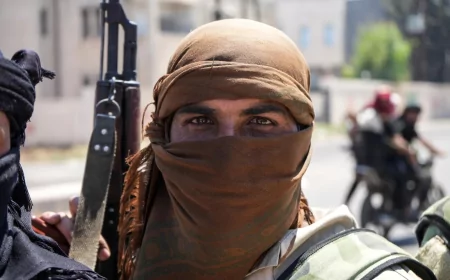
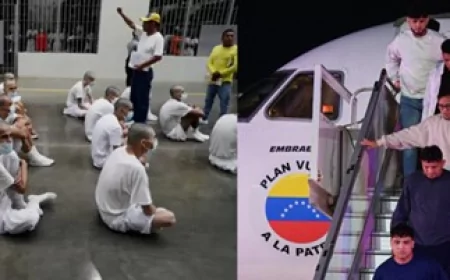





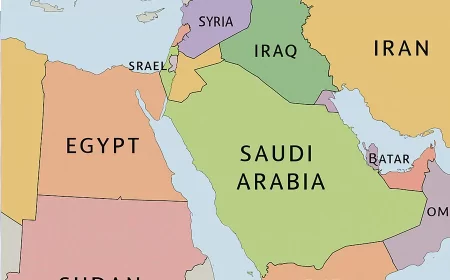


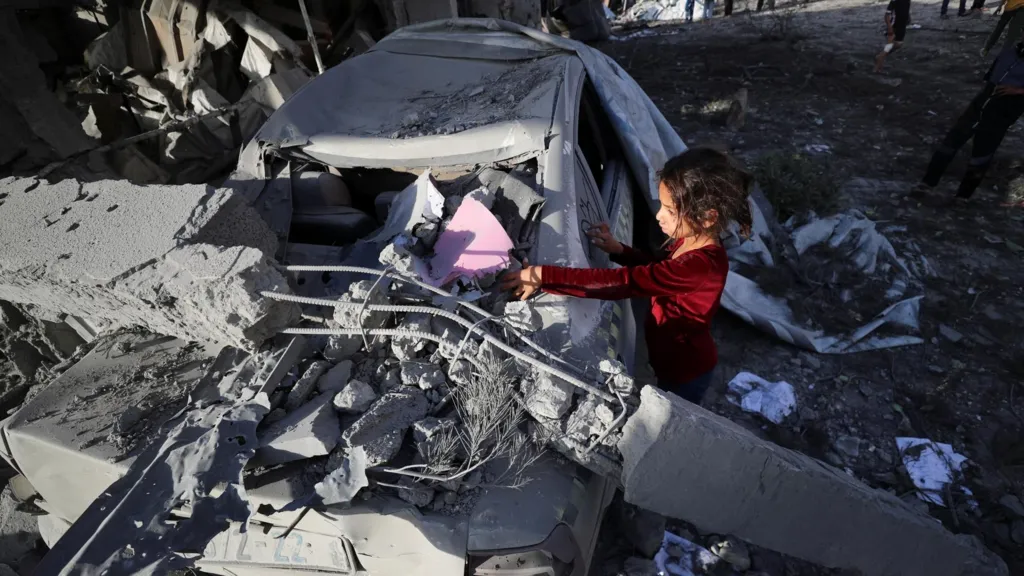



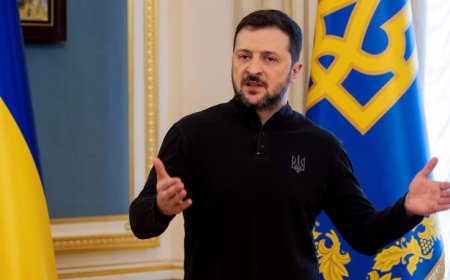



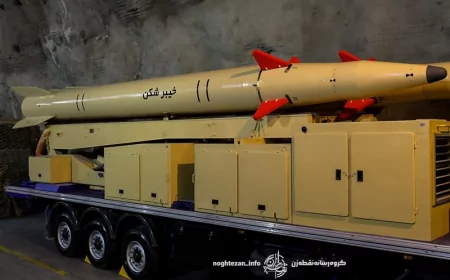


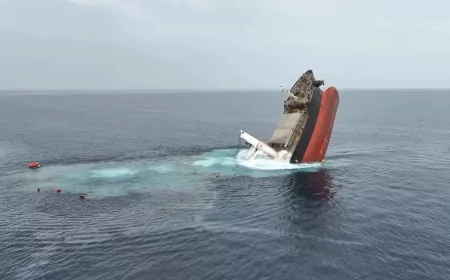
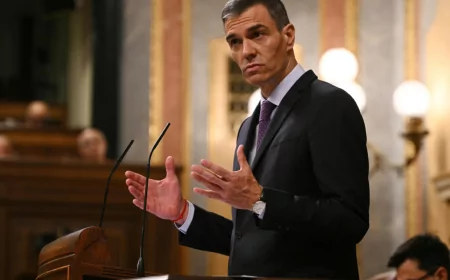


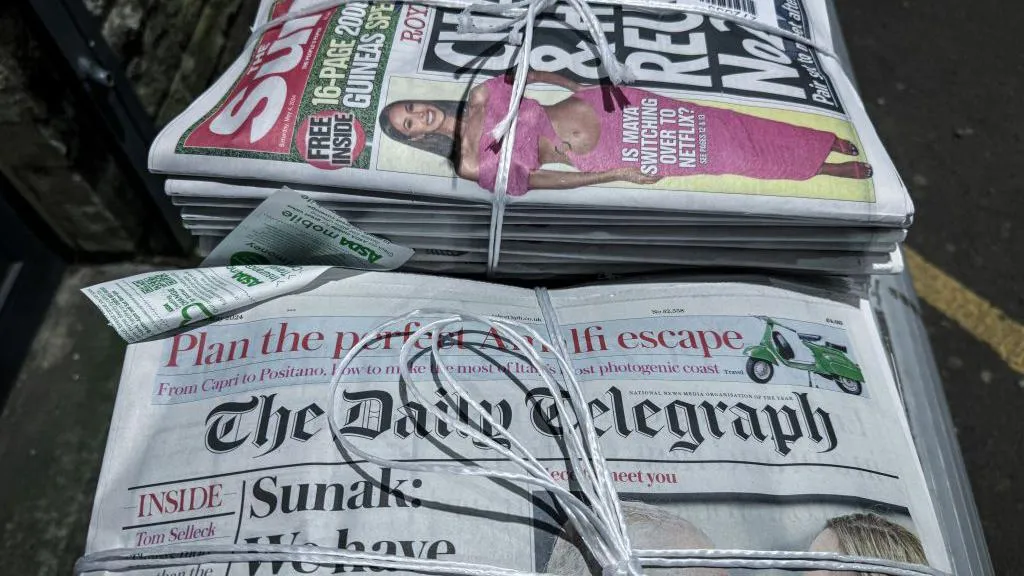









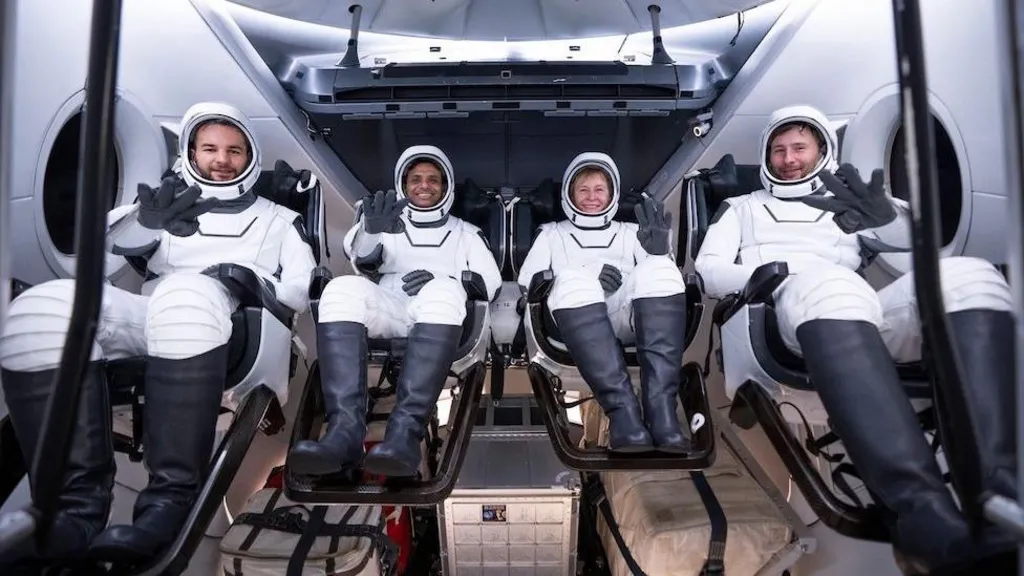


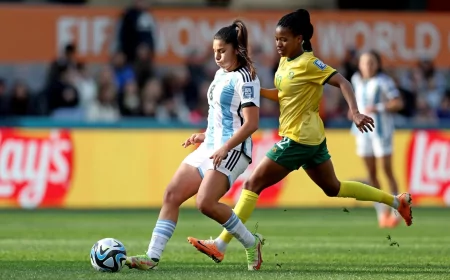
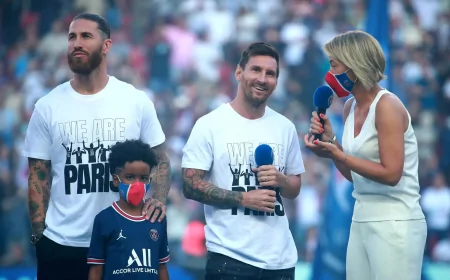
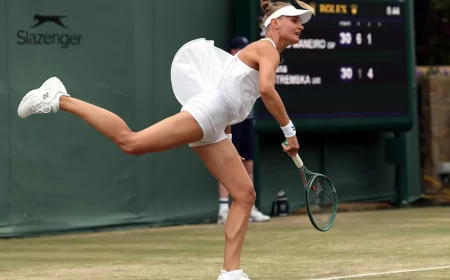
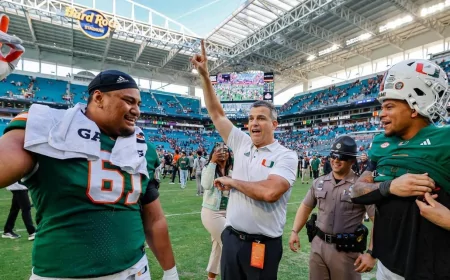
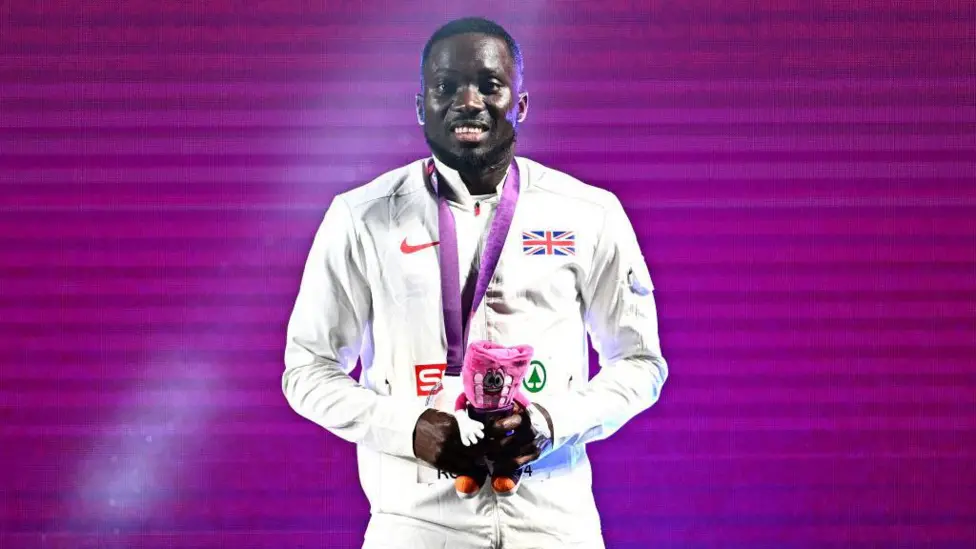
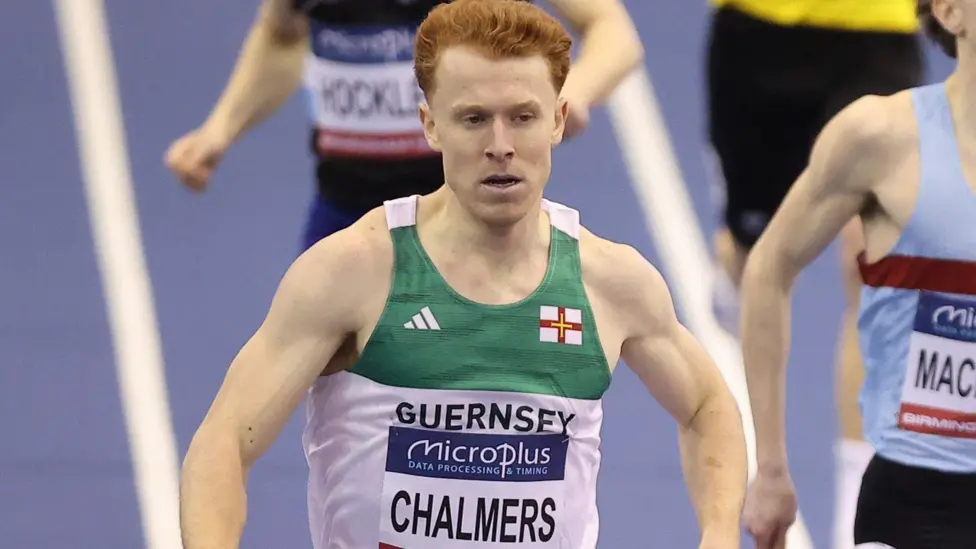
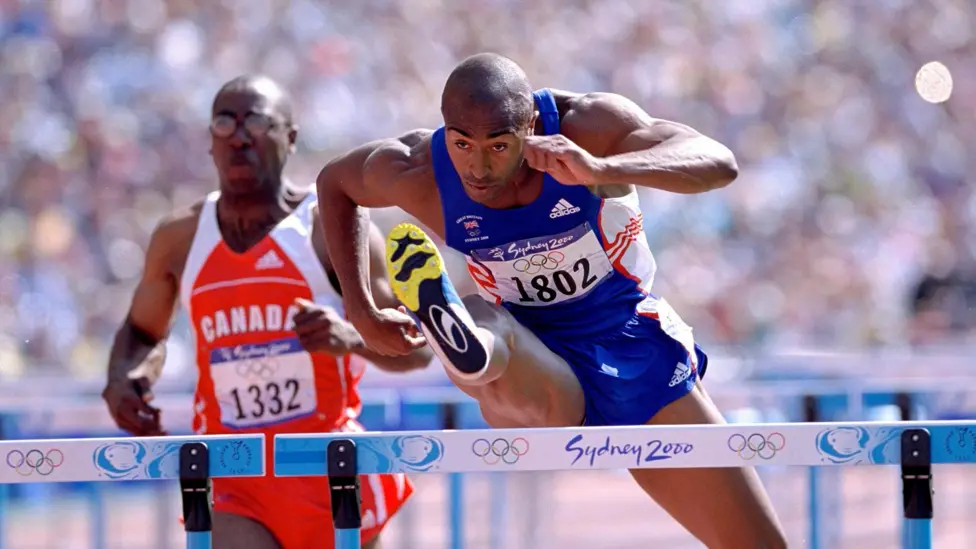
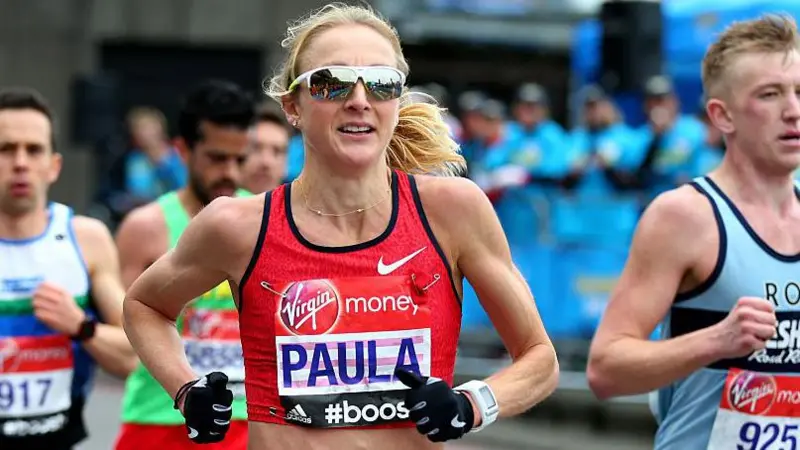
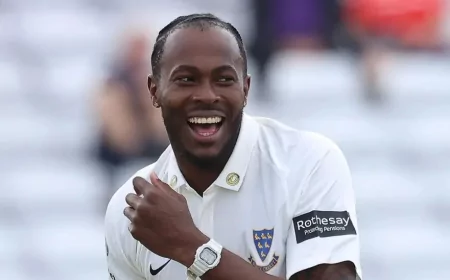
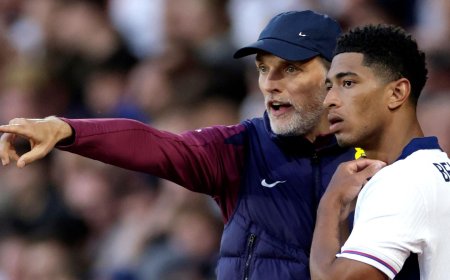
:format(webp)/cdn.vox-cdn.com/uploads/chorus_image/image/73776247/1227541383.0.png)

